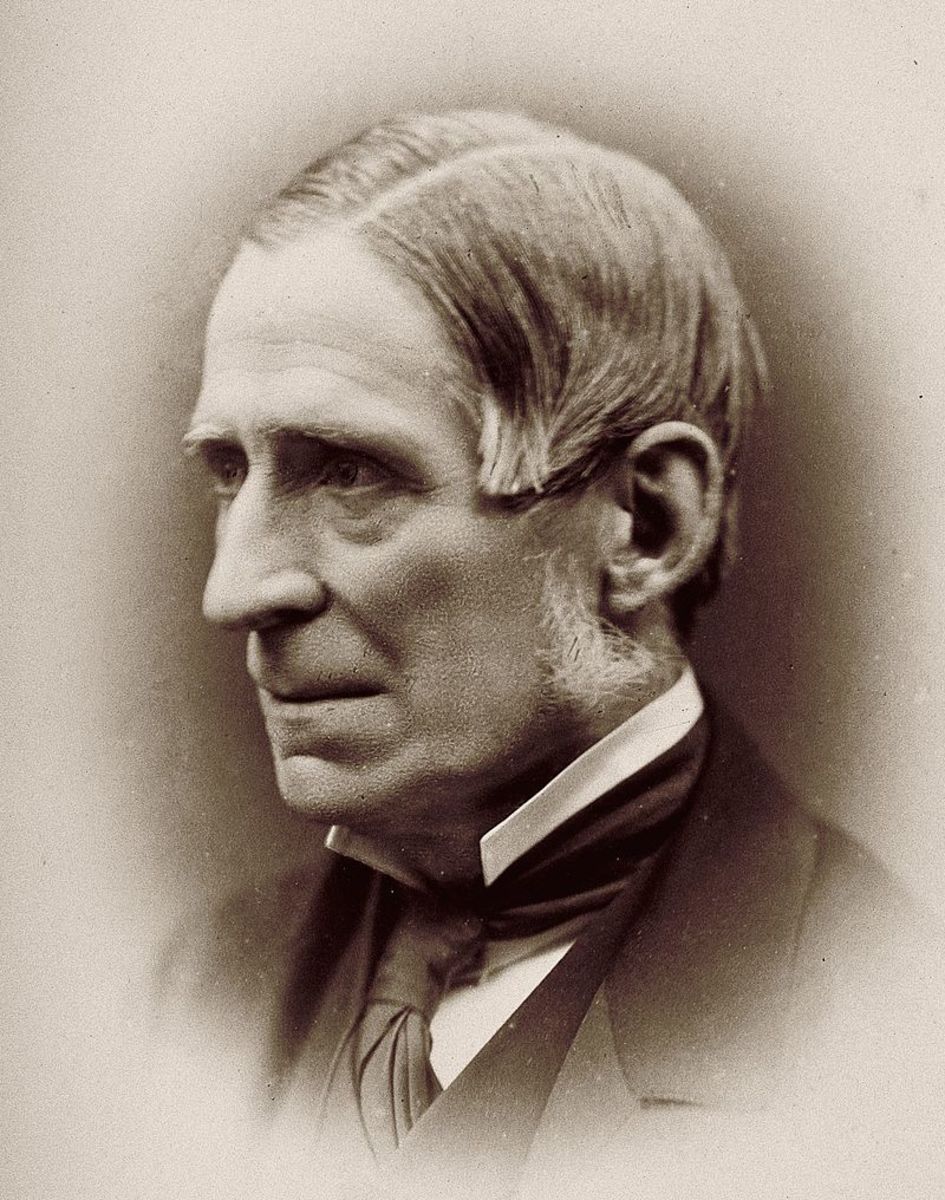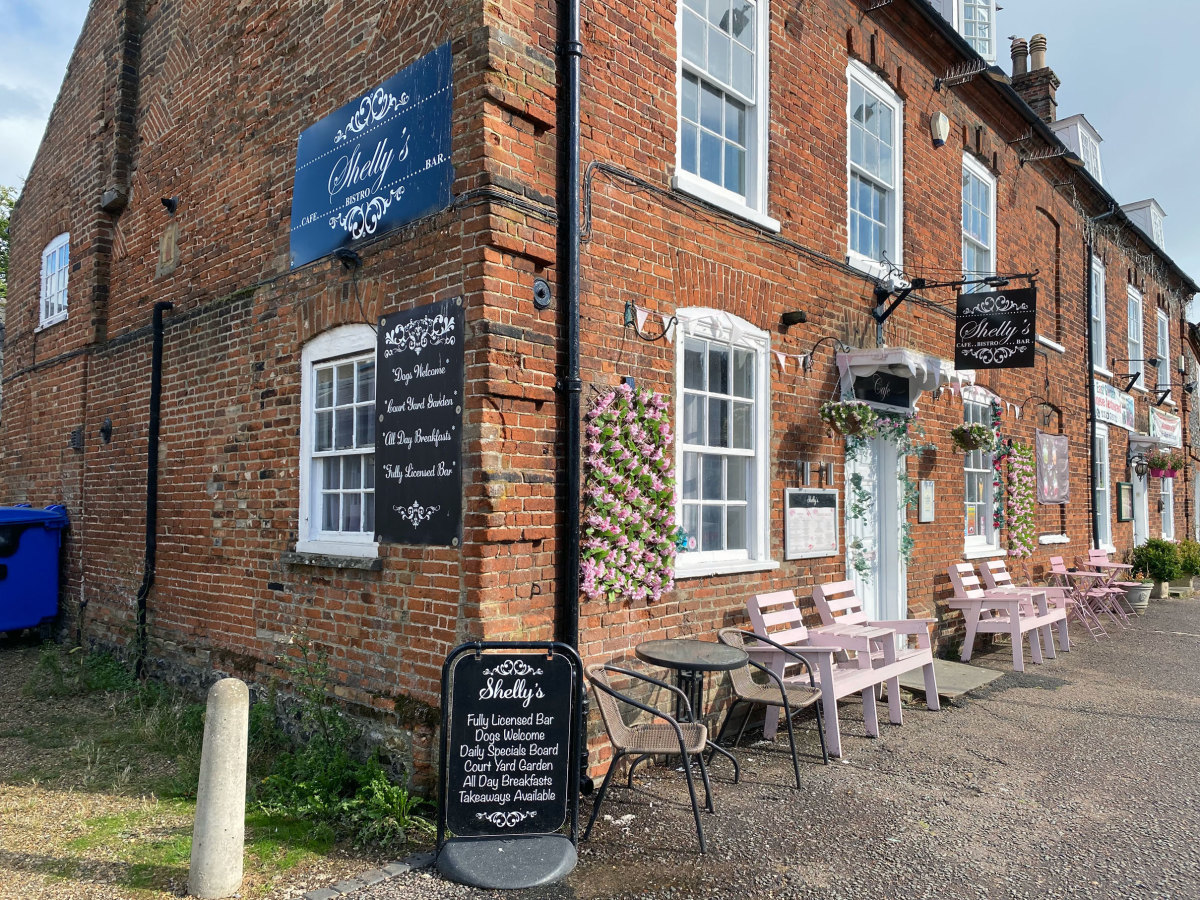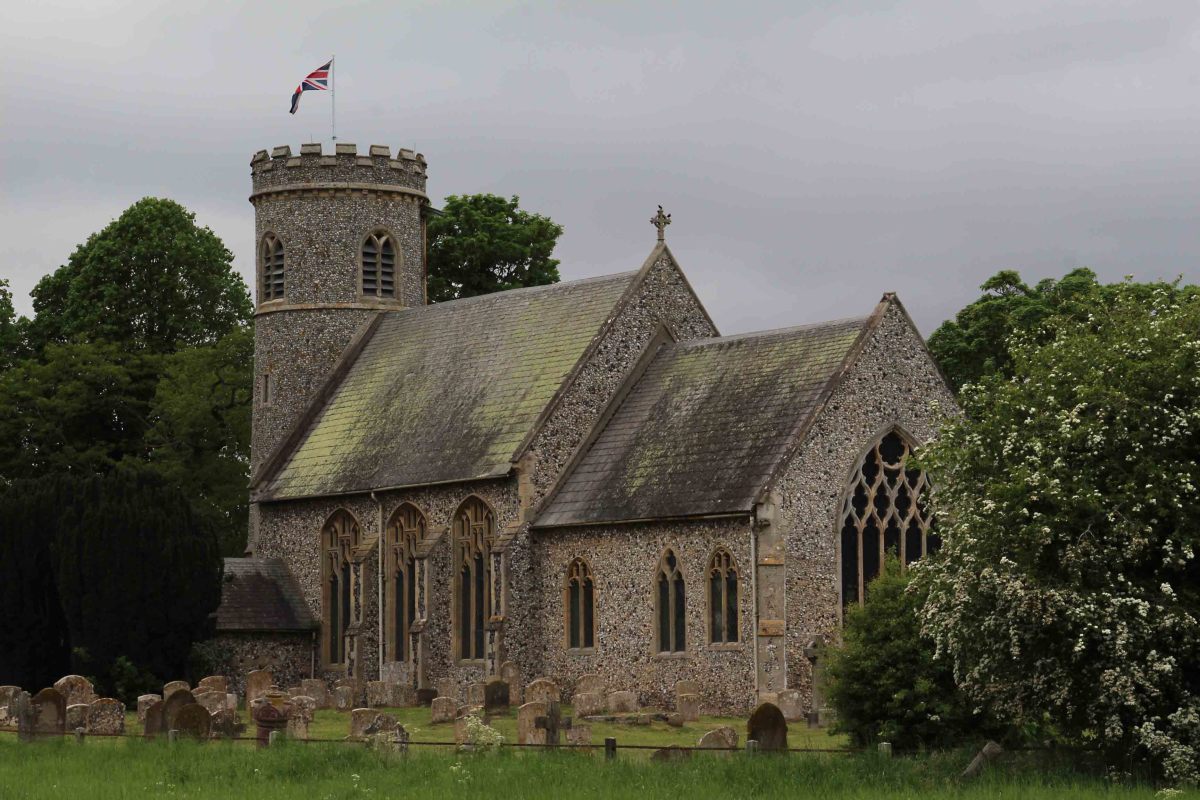Thomas Vaughan Remembered as a Resurrectionist in Gt Yarmouth

The story of Thomas Vaughan and his life of crime in Norfolk.
Back in the Victorian period in England, in the 19th Century, body snatching was common practice. This gruesome practice of stealing corpses from their graves was undertaken primarily to sell to the medical institutions for research purposes and anatomy. Thomas Vaughan, who lived in Great Yarmouth, Norfolk, at the time, was one such man who stole at least 10 bodies from the Church in Great Yarmouth to sell. These people were commonly known as resurrectionists and were rewarded handsomely for their efforts. Back in the 19th Century, there were many 'rows' in the town where people lived and each one was numbered. Thomas lived in Row 6 on Northgate Street, now called Bodysnatchers Row. Thomas rented a room close to here. The entrance to the row actually faces the Church, which is now called Great Yarmouth Minster. You can understand why Thomas undertook such a task as he was paid between 10 -12 Guineas for each body. As of writing this article, 1 guinea in todays money is worth around £1.05p. That's a lot of money in 1827 when you think about it.
Thomas and an associate would enter the graveyard at night to dig up freshly buried corpses to transport to London where in return they would be paid very handsomely. He was employed by Sir Astley Cooper, was was a surgeon. Astley was born in Norfolk and his father was a Vicar at St Nicholas Church, as it was called then. Sir Astley was a very well renowned surgeon at the time and was surgeon to Queen Victoria, George IV and William IV. The Anatomy Act was passed in 1832 which, thankfully, put a stop to such horrible things.



What happened to Thomas Vaughan?
At the time, there was no law as such with what Vaughan was doing. Although, for obvious reasons, it was deemed as highly immoral. He did receive a 6 month hard labour sentence in a gaol. But on his release, he went back to his resurrectionist job and was caught stealing clothes from one of the deceased in Plymouth. He was again arrested where he was transported to Australia. It was after 1827 that high fences were put up around the Church to prevent this happening again.
- Name: Thomas Vaughan
- Date of birth: 1st January 1810
- Transported on the Red Rover on 21st October 1830
- Arrived on 26th March 1831
- Crime: Robbery
- Convicted at: Salop Assizes
- Sentence terms: 99 years
- Death: Unknown
To summarize, this was obviously a very macabre and truly awful thing to do. But as you can see from the blue plaque in the picture, it's part of the history of Great Yarmouth and the story of Thomas Vaughan has been told many times over the years by different newspaper articles and stories.
© 2025 Louise Powles











